Destiny 2: Shadowkeep was meant to be Bungie’s coming out party. Freshly divorced from Activision, Bungie seized complete creative control over their well established FPS titan, and many wondered what a post-Activision Destiny 2 would look like. From the restructuring of the Eververse cosmetic store to be more consumer friendly, the announcement of a free-to-play entry into the game, and the decision to sell additional content à la carte it seemed Bungie was poised to deliver the final, definitive blow to their skeptics with their latest expansion. And they do…kinda.
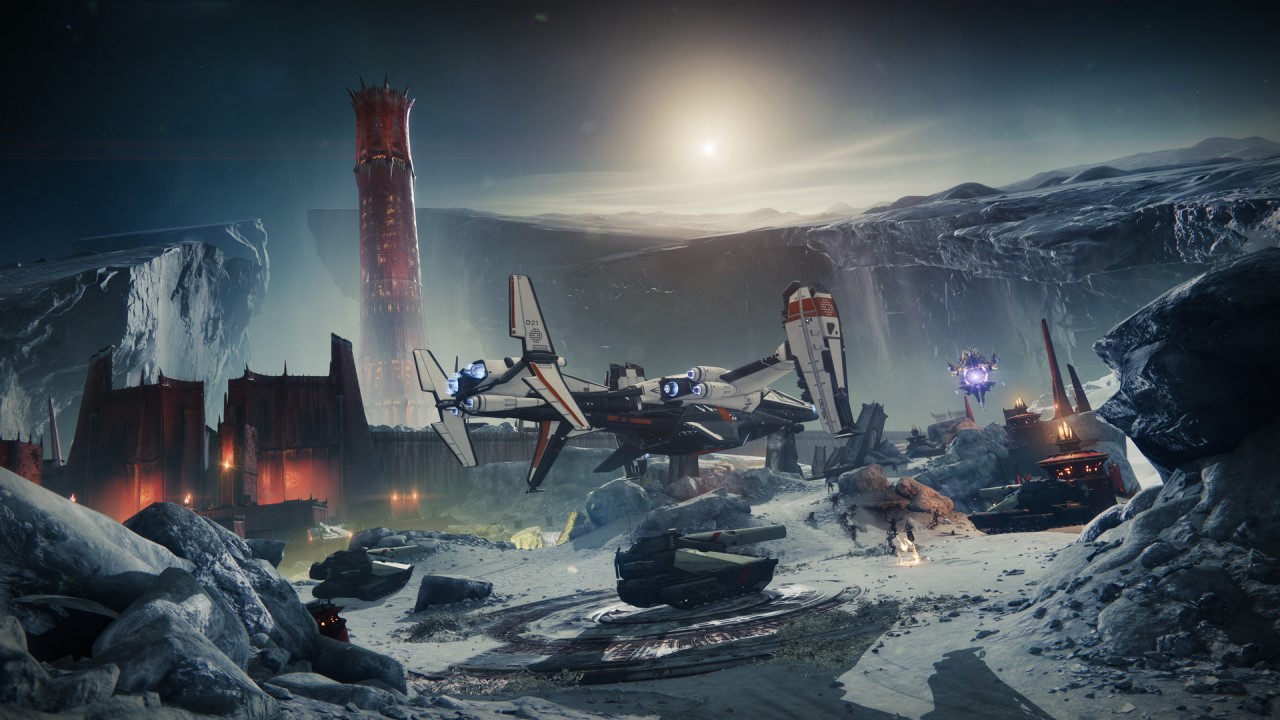
Back to the moon.
If you haven’t already heard, moon’s haunted. Yes, that meme has been played to death like a well-loved cassette tape, but upon arriving at the not-quite-new Moon destination, it becomes readily apparent that something is terribly wrong on the dusty orb. The moon is literally haunted, as the Hive have been busy unearthing (un-mooning?) a giant pyramid that has unleashed nightmares of our past. Eris Morn returns to task guardians with a laundry list of chores in order to enter the ominous structure, and outside a fun opening mission, most of the campaign in Shadowkeep is one long stretch of déjà vu, especially for players who put dozens of hours into the first Destiny.
Touring around the moon initially is nostalgic, with the vast majority of landmarks, routes, and underground chambers making a return. Sans a fresh coat of paint (a wider fissure here, more Hive goop there), it’s the moon as I remember it from Destiny 1. Hell, helium filaments are back, which led to me audibly groaning in dismay. Mercifully they are easier to harvest this time around, but touring about our planet’s celestial partner didn’t exactly feel like a new adventure. Sure, we have new events and a healthy amount of secrets to dig into (such as the hidden Jade Rabbits tucked away within the zone), yet I couldn’t shake the feeling that I had been here and done it all before. Maybe it was because I had my trusty Bad Juju on hand, my staple exotic back in the Destiny 1 days. Or, maybe it’s because the campaign and later Nightmare Hunts are repeats of bosses we have already buried.
I knew something was up when I had to fight Phogoth again. The brutish ogre fought in the same arena as he did in Destiny 1 and had the same attack pattern; the only new bit was that he would go invulnerable for a short while to summon a gaggle of nightmare minions and shielded regular mobs. It was like revisiting a favored campsite from your childhood, but the facilities have been repainted: for all intents and purposes it is exactly as you remember it, but with some alterations you don’t really notice at first glance. This would be fine for a mission or two – a quick dose of nostalgia to get the dopamine drop we all crave – but the entire Shadowkeep campaign and post-game on the moon revolves around taking on a greatest-hits list of prior baddies. What starts as fun a nostalgia trip eventually gives way to the truth underlining every facet of Shadowkeep’s revisited moon: everything “new” is largely recycled. Pair that with a final mission that is more concerned with being a “tune in next week” cock tease than finale, and it’s hard not to feel merely whelmed by Shadowkeep’s new locale and content.
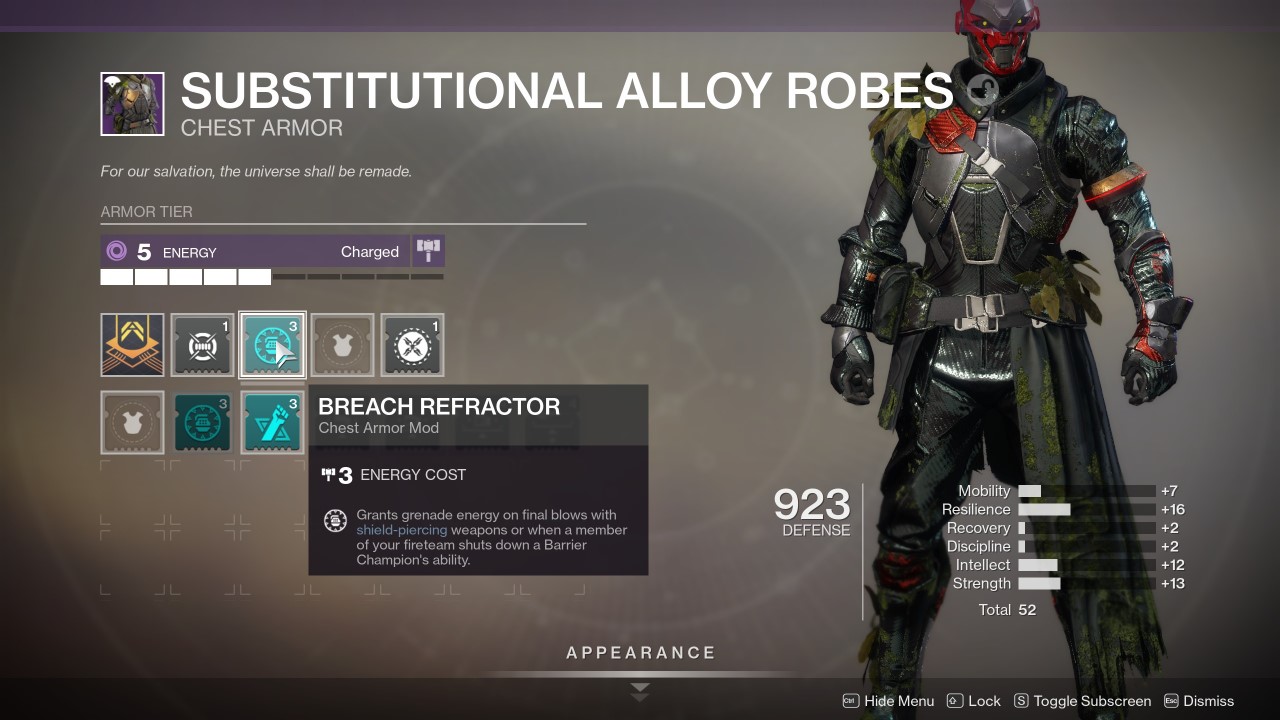
The money is in the foundation.
Judging off of Shadowkeep’s campaign and new locale alone, you’d assume the expansion was a flop: not as bad as Curse of Osiris, but certainly no where near the quality of Forsaken or Rise of Iron (which Bungie even admits Shadowkeep is most akin to, volume-wise). If all you wanted from this Destiny 2 expansion was a cool new campaign and a great new location then yeah, I’d tell you to either wait on a sale or steer clear, but there is a catch to all of this recycled content: Bungie has clearly devoted most of their time to rebuilding the bones of the game to better carry it forward in the years to come.
The most immediately obvious change is the new Armor 2.0. No longer do armor pieces come with randomized perks, but are instead empty shells in which players can tailor to their playstyle (though, there is a bit of a barrier, which I’ll touch on later). The pool of available stats available on armor have also doubled, with Strength, Discipline, and Intellect returning from Destiny 1. Each armor drop will have a randomized number of points assigned to the six available stats, meaning players can farm armor that fits the build they want numbers-wise, with the mod/perk side of the coin being a separate system largely under player control. Want to channel your inner Titan and punch everything to death with nary a melee cooldown to worry about? Go for it and farm armor that has high strength values. Really hate how low your mobility is? Same idea: grind your face off until you have the stats you want.
Where Armor 2.0 can get a touch wonky is in the new energy system for mods. On the positive side: mods are permanent unlockables once you find them, and as long as your armor has the energy available you can slot the mods that work best with your build. Mostly. There is a limit to how many mod slots an piece of armor has, what can go into that slot, and the costs associated with expanding a piece of armor’s energy pool. These are mostly fine limitations, acting as a set of checks and balances to keep players from completely breaking the game, but there is a wrinkle that almost undermines the entire design philosophy of Armor 2.0.
See, armor still drops with an elemental affinity, whether solar, arc, or void. Fine – whatever – that’s just resistance, right? Nope! Some mods come with an elemental affinity as well, and unless your armor has that same affinity you won’t be able to equip that mod. Far as everyone can tell there do not exist multiple elemental variants to these mods, meaning if you want increased pulse rifle reloading you better have arc gloves and so on. This limitation turns what should have been a deeper, more rewarding grind for the perfect piece of armor into an absolute slog. Not only do you need to make sure you get the stat rolls you want, but the correct elemental affinity for the mods you plan to use.
What if your theoretical armor stats can compliment a variety of weapon choices? Tough luck then, because the elemental affinity is gonna decide what you play with if you wish to use your mods optimally. Instead of each drop being a potential springboard for a new build, armor is largely trashed until you get that ideal mix of both stat rolls and affinity, exacerbating the grind rather than making it enjoyable. The fact that neither world loot or vendor loot has been refreshed also means the variety on offer is limited, unless you really want to gamble on token rewards. The affinity requirement doesn’t break Armor 2.0, but it does cut the legs out from under it. Hopefully it’s something Bungie will re-examine in the future, because as a holistic whole, the new system is a solid refinement that adds much needed diversity to Destiny 2’s loot.
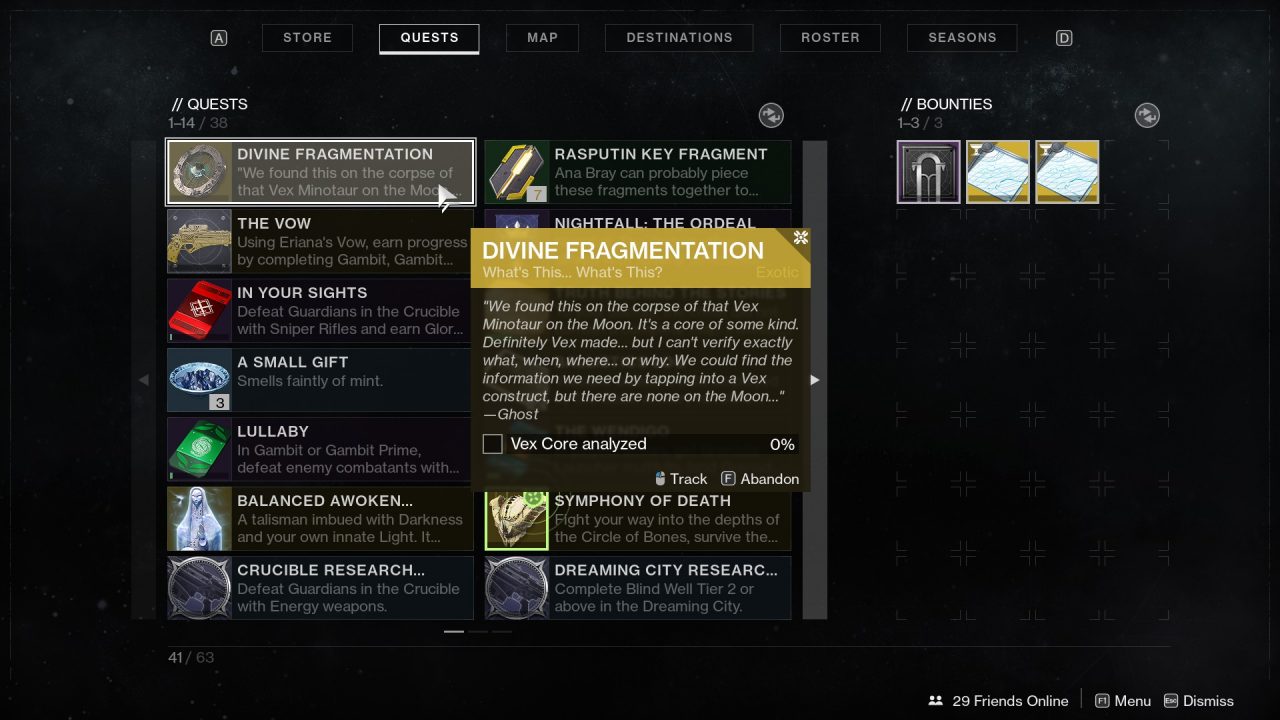
A menagerie of improvements.
It should come as a relief then to hear that the mountain of other refinements fair much better. Levels have been removed, and are replaced with the new Seasonal Reward Track: a.k.a. battle pass. As someone who normally loathes these things, I actually found Destiny 2: Shadowkeep’s pass to be well implemented. The experience required for each rank doesn’t seem to increase as you progress, keeping the progression curve flat and accessible. It doesn’t rely on rotating challenges to get the most out of it, and the rewards are actually worthwhile. The best part about the new seasonal reward track is that experience from everything you do in game contributes to it. This has done wonders for the patrol zones, with events more lively than ever before, patrols proving worthwhile, and basic planetary bounties giving an utterly absurd amount of experience. Everything feels rewarding, meaning a casual one-hour night farting around a zone actually contributes to a player’s progression in some form. In moving to a battle pass Bungie has made every aspect of the game worth doing.
Paired with the new pass is a seasonal artifact that also levels up as you play. Not only does it give you passive Power bonuses as it levels (meaning those short excursions of play remain worthwhile), but it unlocks seasonal mods that can help you farm extra glimmer, tackle the new Champion enemies, and more. It’s akin to a mini-talent tree – something the game has always lacked – and it adds even more depth to play. Considering weapon mods were also made permanent unlockables, the seasonal mods feel important. Oddly enough, exotic weapons can’t equip artifact mods, hopefully an oversight Bungie remedies soon.
If the new artifact mods have a downside it would be that all of the weapon mods are for regular weapons (and not for every variant either). With the exotics unable to use them, it does necessitate double-regular loadouts of slim selection when playing with randoms who may or may not be equipped with the artifact mods required to tackle the bulkier champion enemies found in the new Vex Offensive mode or Nightfall – The Ordeal (Nightfall with matchmaking! What a world). It’s not a hard problem for Bungie to solve, but it’s still aggravating when you want to run with your new shotgun/melee build, but no one has the anti-barrier rounds needed to pop barrier enemies nor the overload rounds needed to tackle the overloaded enemies, meaning you’re now running a hand-cannon and auto-rifle just to deal with these enemies.
Those are just the larger changes in Destiny 2: Shadowkeep. I haven’t even mentioned finishers, repeatable bounties, improved power range for regular legendary drops, the infinitely better Crucible experience, UI improvements, and so on. There is even a decadent free-to-play entry point for the game now that offers a bewildering amount of the game for no cash down (which, incidentally, has made the new player experience a confusing mess for most). The longer you play Shadowkeep, the more you realize Bungie diverted most of their time and energy into reworking what it means to play Destiny. I still have my quibbles, granted (like, why can’t they randomize weekly challenges with all the various activities on offer), but Shadowkeep is Destiny 2 at its functional best. The host of improvements under the hood to weapons alone is staggering, and that’s just a minor portion of the overall alterations found within this expansion. The best part about all of these refinements is that you don’t actually need Shadowkeep to get them: they are all baked into the game’s DNA. Which, does create a bit of a quandary…
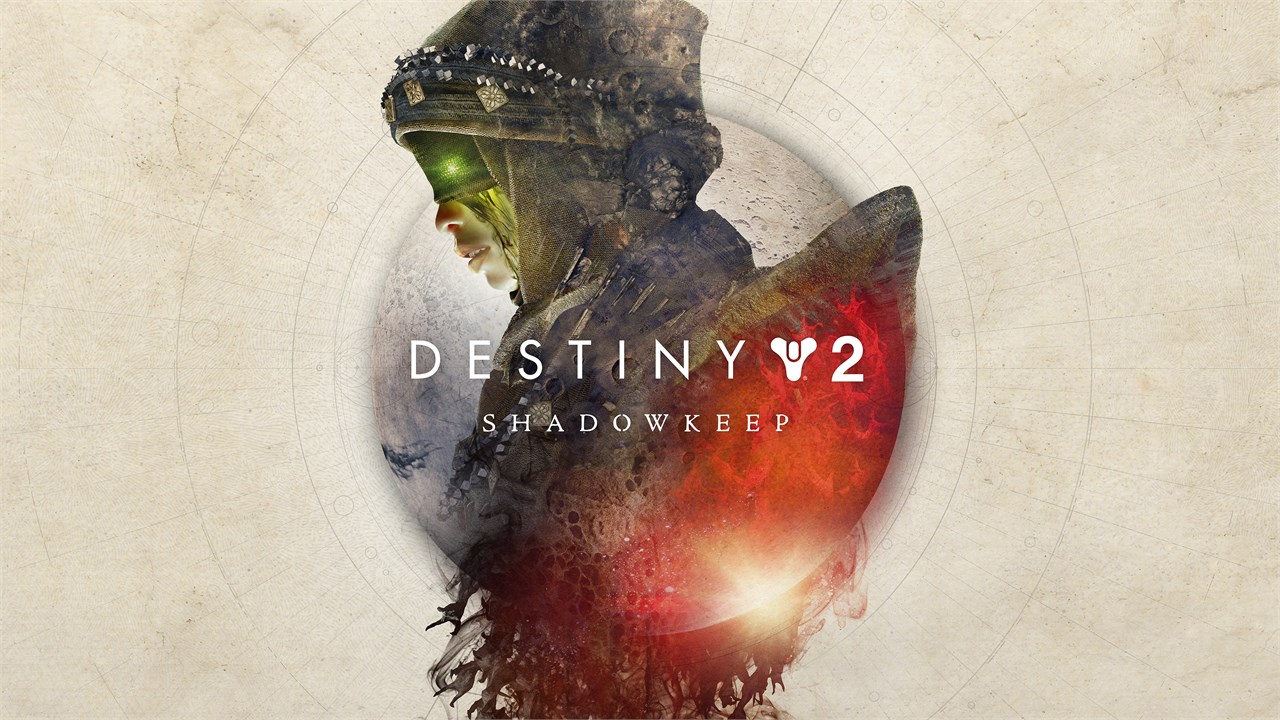
Do you even need Shadowkeep?
At the end of the day, the best parts of Shadowkeep aren’t actually what you pay for. Everyone gets Armor 2.0. All players have access to the moon as a patrol zone. The seasonal artifact is in the free portion of the battle pass. The only things you are really getting when you pick up the new expansion is the whelming campaign, the new exotic quests (which there are currently a handful), the new raid (which seems to fall in the middle of the pack in terms of quality), the premium track of the battle pass, and the Vex Offensive seasonal event as a part of the bundled season pass (which is a big-ole-bag of “meh”, with only one new armor set per class and four weapons available, all within a game mode that becomes super tedious super quick). Returning players and new alike can login to Destiny 2: Shadowkeep today and will find a wealth of things to do, no limits to their power and growth, and all of the under-the-hood improvements at their fingertips. I mean, even most of Forsaken’s content is available for free! If you don’t own either Forsaken or Shadowkeep you’ll still have the vast majority of the game available to you at no cost.
This creates a bit of a dilemma: you could buy the expansion to support Bungie and get the new things that are locked behind it, or you can wait until a season drops with content worth your money. Of course, players can always support Bungie through the much better Eververse store, but at the end of the day, you can play Destiny 2 exactly as you want at the price point you are comfortable with.
Which, I guess, is the ultimate takeaway in all of this: Shadowkeep as an expansion is rather mediocre, but everything that came to the game with it has made Destiny 2 exceptional. It’s consumer friendly, it now rewards various play-styles and time commitments, and can be enjoyed at whatever pace and price the player is happy with. Destiny 2 has never been this accessible, and the foundations Bungie has laid for the future are largely solid. The core “new” content of the expansion may be a bust, but Bungie has proven that by going independent to better pursue their own creative vision they could make Destiny 2 a far better experience for everyone. Destiny 2: Shadowkeep stumbles over itself in spots, but the faults are not enough to put a damper on what is an impressive update to game as a whole.
Just, ya know, maybe don’t recycle older content to such an extreme degree again in the future.


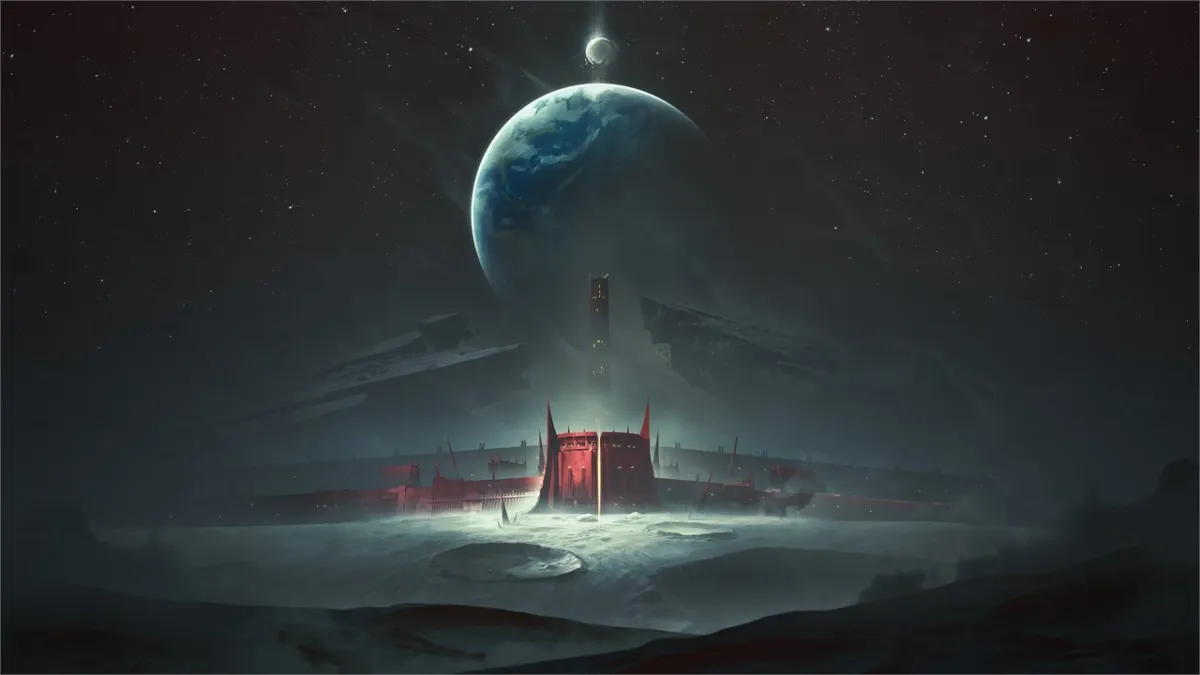








Published: Oct 15, 2019 08:33 pm